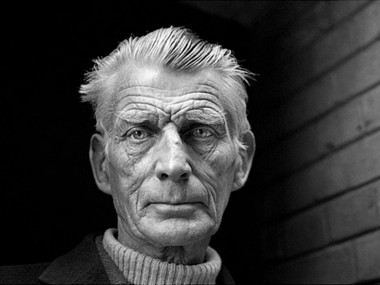About I Was in the House and I Was Waiting for the Rain to Come
Friday 22nd November 2024

Yesterday I went to the Barons Court Theatre and saw Jean-Luc Lagarce’s I Was in the House and I Was Waiting for the Rain to Come, which is staged as part of this venue’s ambitious Voila! Theatre Festival, an annual event featuring multidisciplinary, multilingual and multicultural performance celebrating both British and European creatives. Although Lagarce is unknown in this country, he is a big name in France with many productions of this plays at prestigious theatres. And, since 2020, every secondary school student studies Lagarce alongside Marivaux and Molière for the French Baccalauréat. I Was in the House and I Was Waiting for the Rain to Come is his penultimate work, written in 1994, one year before his death from HIV/AIDS. Set in a single room, the play shows the reaction of five women in a family — mother, three daughters and an older relative — to the arrival of the son, brother to the sisters, who has returned home to die. We never see him, nor do we understand much about his recent life, but his presence pervades the piece, which is beautifully written and clearly translated by Olivia Krauze and Aubin Ramon. Like Samuel Beckett’s Waiting for Godot, or almost any play by Bernard-Marie Koltès, there’s a powerful sense of humane enquiry into personal and group psychology as seen through the prism of a spare and almost abstract sensibility. Beginning with an incantatory account of the son’s return, the writing is a marvelous mix of direct narration of feeling and the more repetitive beat of evocative atmospheres. Lagarce’s voice is very distinctive and the keynote is psychological density and ambiguity. He allows the women to remember the screaming match between father and son that led to the latter storming out, never to return until now, but omits any banal details of their conflict. Instead, he shows how the women of the house realize that the family story has been all about the men, masculine conflict, with the women sidelined. This is both clear and subtle, a fine blend of direct and indirect. The women are vividly characterized, with the mother focusing her attention on her son, while the three unnamed sisters — the Eldest a teacher who has sex with a variety of men in hotels, the Middle One who loves her red dress and wants to go dancing and the Youngest, who was child when her brother left — relate to each other with a touch of sibling rivalry, as well as little but sharp shards of resentment. The Old One acts like a chorus. So much is unspoken but suggested (will the daughters ever leave; will they have children of their own?) as the women prepare for the son’s death and their mourning. Although much of the play is a series of monologues, the Eldest and Middle One have dialogues in which the emotional pitch rises. Krauze and Ramon’s production is designed by Maya Heritage and benefits from Rufus Hunt’s movement work which makes theatrical what is essential a still and meditative piece. The actors — Agnes Halladay (Youngest), Effrosyni Kokkori (Mother), Jemima Langdon (Middle One), Ella McCormack (Eldest) and Deryl Thatcher (Old One) — do a good job of keeping the play’s inner tensions alive. The result is an intense and exciting sense of unrealized desire and pervading loss within a claustrophobic family setting. Metaphysical theatre meets daily life. Here Lagarce is the poet of longing. His work deserves more London productions.
© Aleks Sierz





